The 2nd Tour Auto 2023 entry list is online!
Heading to the French Riviera and the city of Cannes for the 32nd Tour Auto from 17 to 22 April 2023! The competitors will take on a route of more than 2,000 km through the most beautiful roads in France. After the announcement of the route and the publication of the first list of cars and drivers, here is the second entry list.
While we wait to enjoy the sounds of these cars on the road and on the circuits, here are some of the must-have models of this edition with a special focus on:
-a model bodied by Zagato, the Alfa Romeo TZ, -a “Good Old English Car” with the Jaguar C-Type, and a nugget: -the Ferrari 512 M, a car forever linked to the story of the Porsche 917 in endurance racing, to that of the Matra 650S in the Tour de France Automobile and to the magic of an era.
Alfa Romeo Giulia TZ (Tubolare Zagato)
The Alfa Romeo TZ was certainly one of the most beautiful racing machines of the 1960s. The Giulia, TZ for “Tubolare Zagato”, was produced between 1963 and 1967. Its bodywork was aerodynamically designed with a truncated rear end called coda tronca (truncated tail).
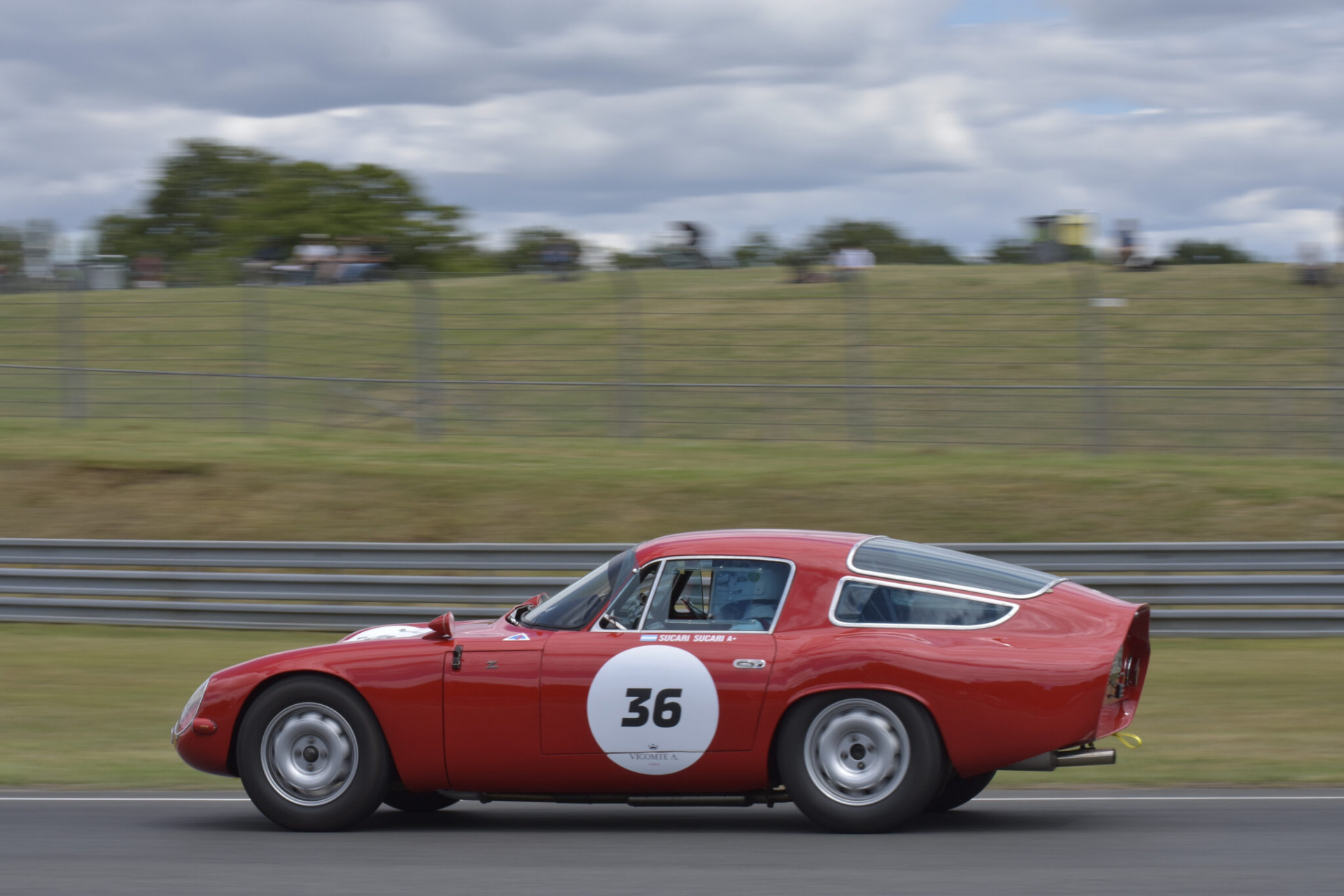
Developed by coachbuilder Zagato, it improved aerodynamics and increased performance. Light (about 650 kg), fast (over 210 km/h), powerful (over 150 bhp) and well designed, the TZ’s agility enabled it to build up an enviable track and rally record. It won its class several times between 1964 and 1967, in the most difficult and prestigious events such as the 24 Hours of Le Mans.
C-Type Jaguar
Very few racing cars reached the legendary status of the C-Type Jaguar. Built by Jaguar between 1951 and 1953, the C-Type won the 24 Hours of Le Mans in the same two years for the Coventry factory. Like a masterpiece, it was ahead of its time and ahead of its competitors, and its design was no exception.
The C-Type stood out as the first racing car to use a completely new braking system: the disc brake! Its development and use were a major technological breakthrough, both in the automotive industry and in racing! Other remarkable technical features: the bodywork was made of aluminium and was the subject of extensive aerodynamic research.
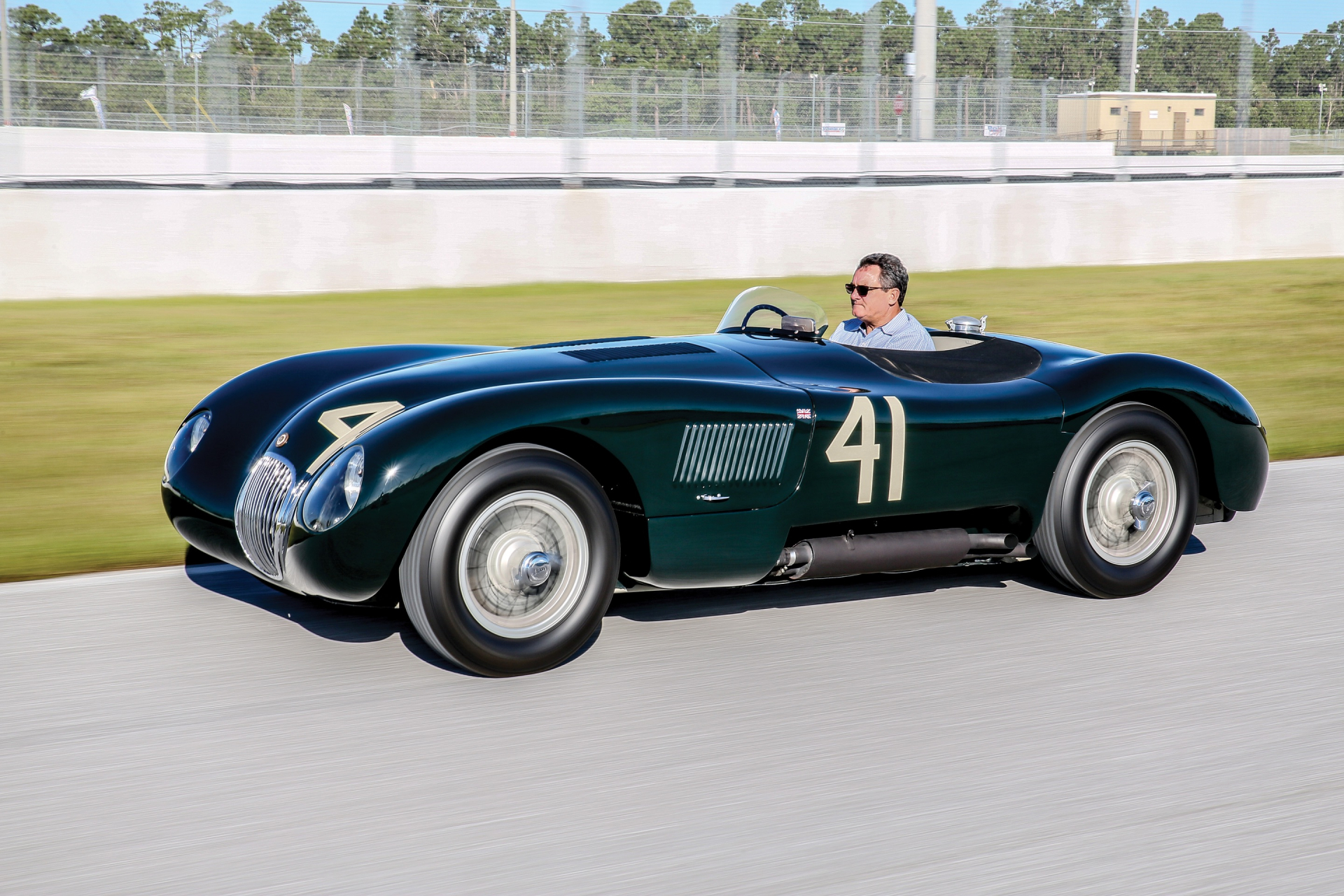
The low, flowing, and sober lines were designed in the pure style of the small cars of the time. The C-Type dominated many of the events in which it participated and was a benchmark in motor racing during the early 1950s. With only 53 examples produced, this Jaguar is now a classic in the collector car market.
Ferrari 512 M
The Ferrari 512 M was designed very quickly by the factory to compete against the Porsche 917 in the 1969 World Sports Car Championship. Aware of the time constraints, the engineers did not undertake any ground-breaking research on this model but instead focused on simplicity of design, an important quality when it came to a competition car.
Driven by a common emulation and launched into the competition, the various brands and teams entered in a race for performance that escalated to an unprecedented degree. The Ferrari 512s will forever be linked to Porsche 917s history and to the magic of an era.
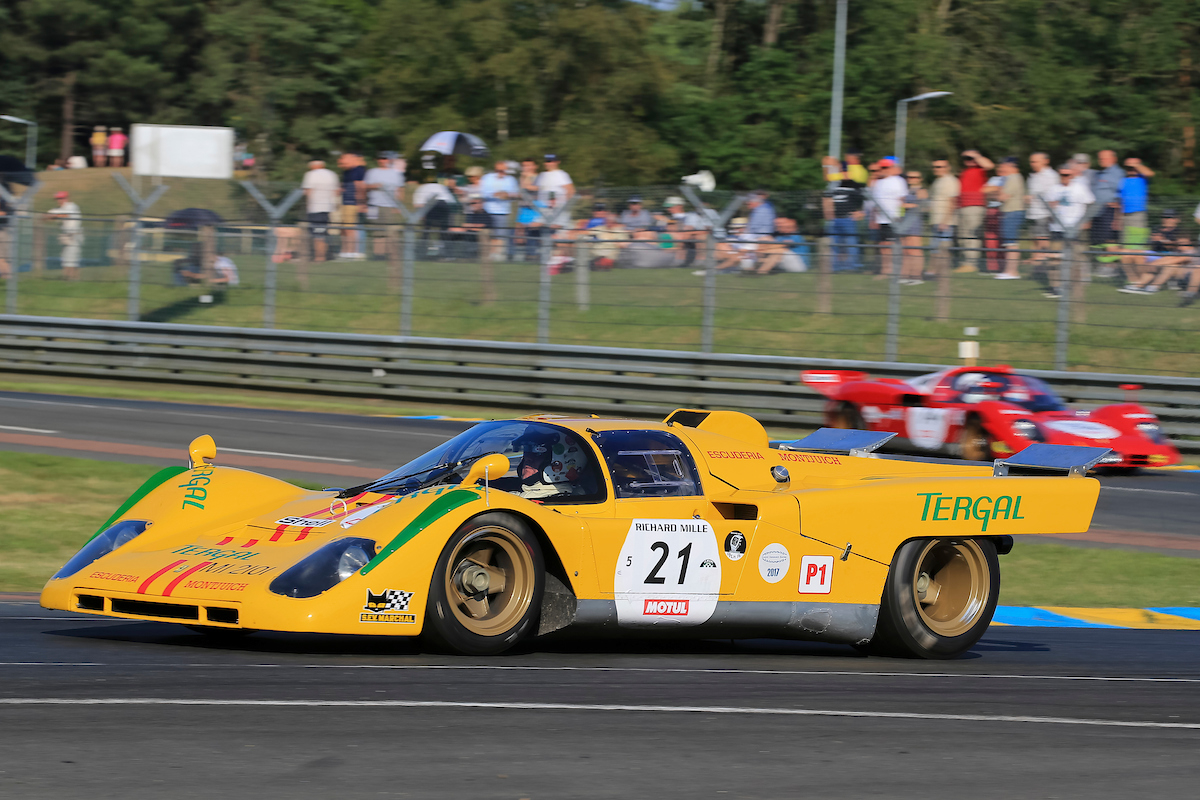
The wonderment doesn’t stop there! The 512, the endurance racing giant, was not simply limited to the long straights and regular curves of circuits around the world. Registered for this 32nd edition, the 512 echoes the past since it is identical in every way to the one lined up at the start of the Tour de France Automobile in 1971! Its presence will allow spectators to relive the emotions experienced by their elders over 50 years ago!
At the time, the 512 was also capable of holding its own against the rally beasts of the period, Porsches and Alpine-Renaults. Above all, it distinguished itself as the most formidable competitor for another Sport-Prototype of the time, the Matra 650S! Unfortunately, 1971 was to be the last year of existence for the Sports Prototypes in the Tour de France Automobile. The gap between the MS650/512M duo and the other cars was considered too big…


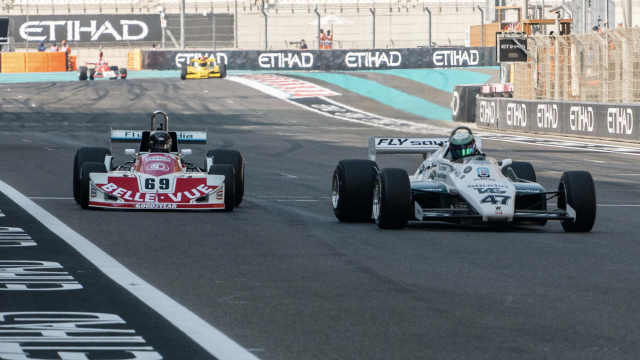

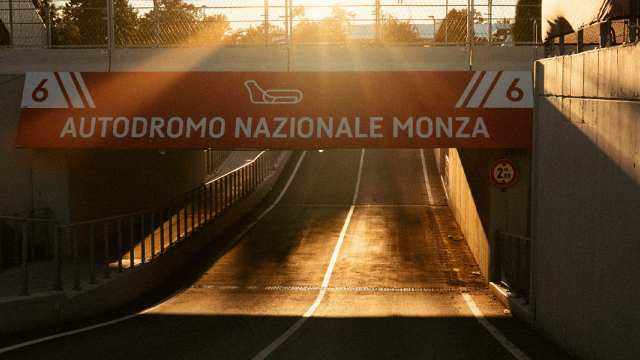
Comments
Log in to comment the article